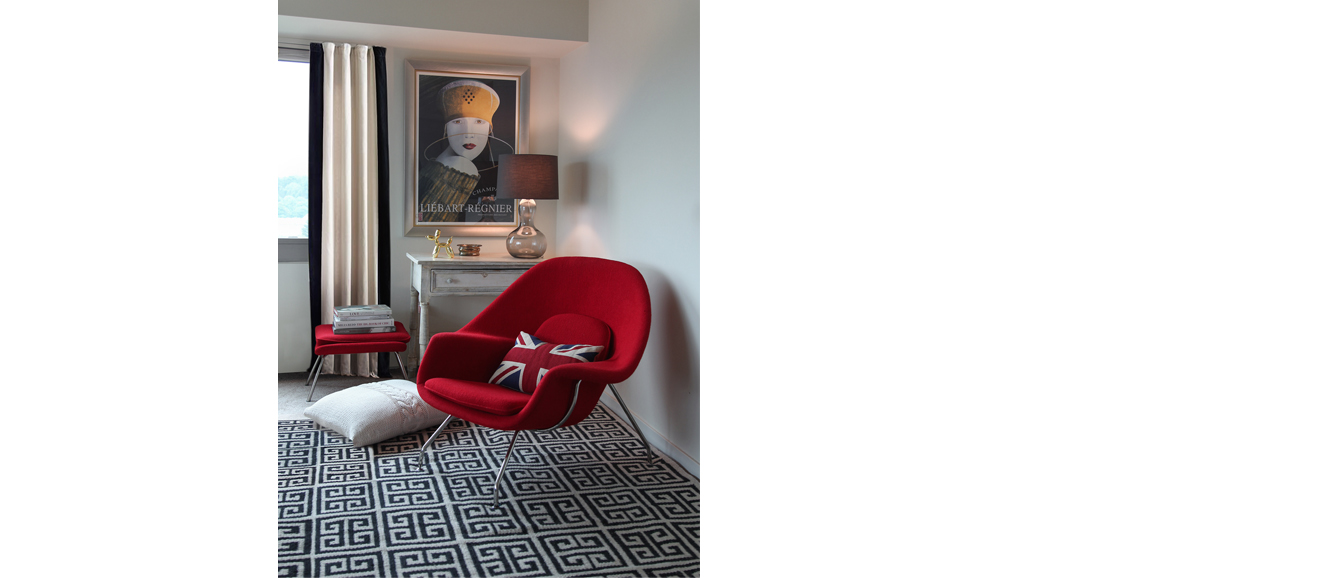Do you know what stylists are? You always hear about them in connection with movie stars and their outfits. Stylists usually remain fairly anonymous and the only measure of their success is that the total look either works or it doesn’t. One wrong bracelet and the whole thing falls apart.
Stylists are really visual editors in the fashion world. They have to balance every element just right. My philosophy about interior design is that I am a visual editor in my environment. In my opinion, the most interesting interiors are collected, curated and eclectic. Everyone’s heard of “eclectic style,” but what is eclecticism exactly anyway? And how do you avoid that one wrong element?
“Eclectic” decor is a mixture of textures, colors, previous historical periods and cultural references in the same room that hang together, creating a charming and original atmosphere. Eclecticism is really a creative form of interior design — think collage, only in 3D. Putting things together that don’t necessarily “go together” is a fun and extremely personal way of expressing yourself. A truly successful space mirrors a person’s inner world and tells his story. After all, none of us is composed of just one emotional or mental attribute. We are, in our essence, an oppositional mixed bag.
But don’t go getting the idea that working in this vein is a visual free-for-all. The elements of a room must be chosen in thoughtful and logical connection to one another. That’s where the “hanging together” bit comes in. You don’t want to feel as if you’ve stumbled into the town dump.
Celebrate unexpected combinations. Juxtaposition means opposition, so no more matching bedroom sets. There is a formula, of sorts, to getting this right. In general, combine no more than two to three different styles at once. (Any more than that could become visually confusing). With fabric, mix linear, graphic patterns with soft, rounded ones (think geometric plus floral). With furniture, mix curvy antiques with straighter, more modern pieces. (Bauhaus + 19th-century French). I also like to add something global like an English Union Jack pillow, a tribal African textile or a piece of Chinoiserie (Chinese pattern and motif) pottery. Include quirky finds. All together, a purposefully “mismatched” look has a common thread while showcasing the element of surprise.
Please do not match the colors of the artwork on the walls to your sofa fabric. Keep color schemes limited to a two-color palette or even a monochromatic one. Three different types of furniture plus two colors are quite enough. If you’re afraid of color, as many people are, go for a scheme that combines a few different neutrals. Navy, gray, black, white and beige are instantly sophisticated. Marry lights, darks and mid-tones.
Don’t forget texture. Add chunky knits to the mix instead of going with all flat, woven pieces. Mix rough and refined finishes together.
Balance is the key. High with low. Heavy with light. Angular shapes with curved ones. Pattern on pattern with a solid color thrown in. Just make sure that the patterns differ in scale. Combine tailored and really comfy pieces together no matter what era they’re from. After all, it was Coco Chanel who said, “Luxury must be comfortable, otherwise it is not luxury.” If she doesn’t know style, who does? Proportions must work in concert and not lean too heavily in one direction.
Just because a space doesn’t look uniform, that doesn’t mean the layout shouldn’t function properly. All good design principles regarding spatial flow still apply. Create focal points, conversation groups, clear circulation paths and separation between work and recreational spaces.
Finally, the great thing about an eclectic home is that your environment has a personal meaning that other people can recognize and appreciate along with you.
To see more of Jane Morgan’s work, visit janemorganinteriordesign.com.




